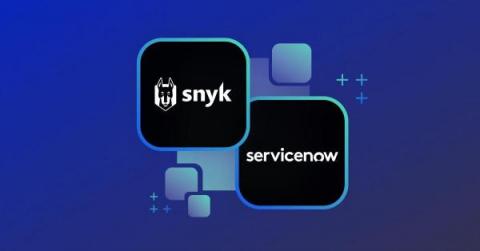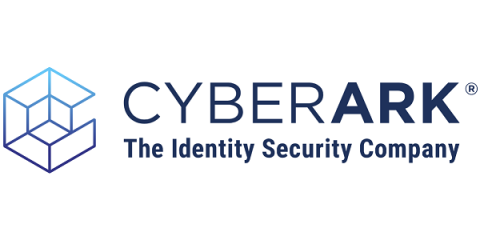Snyk top 10 code vulnerabilities report
Earlier this year, we released a report on the top 10 open source vulnerabilities from data based on user scans — giving you an inside look into the most common (and critical) vulnerabilities Snyk users found in their third-party code and dependencies. Building on this trend, we decided to look into the most common vulnerabilities in first-party code. While OWASP served as a guiding light for open source security intel, gathering data on proprietary code was a bit more complex.











